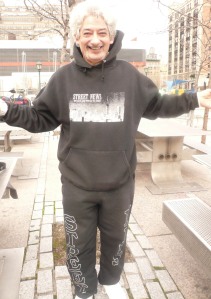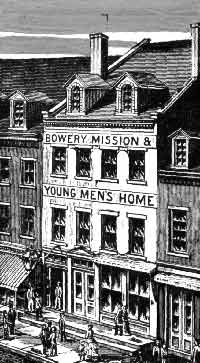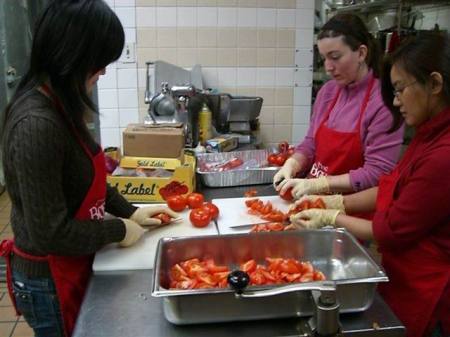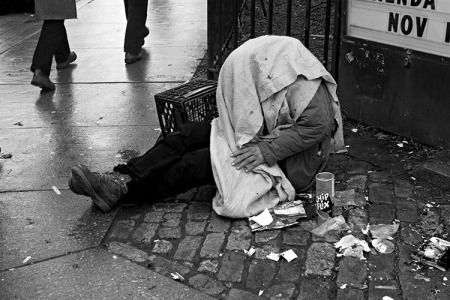Very few have heard that the New York-based Street News, the oldest homeless newspaper in the United States, and according to its last editor-in-chief and publisher, John Levi Washington aka Indio, the oldest in the world, has folded. It was ironic how the “soul, spirit and voice of the homeless” died without a whimper; not making news. Well, a small snippet appeared in an obscure Bronx newspaper and that was it. Moreover, it was written by David Greene, a former contributor and photographer of Street News.
When it was first started by Hutchison Persons, a rocker from Ohio, it became an instant news. From New York Times to Times magazine, everyone covered the first few months of the paper’s infancy. Persons must have spent a lot of time giving interviews providing the tabloid-size paper much-needed publicity. And with it came widespread support and donations from the corporate world as well as celebrities.
Street News closed shop in December 2007 after 19 years in print. Indio held the post of editor-in-chief for about 11 years closing it finally in the face of mounting debts. Bills he couldn’t pay for the printer, office utilities, and other personal problems including having to support his extended family members. At the time, Indio claims, the paper had a circulation of 5,000 copies. Each paper cost $2 with about 40 pages. In its early days, the circulation ran over 100,000 copies. The paper was also the only “for-profit” homeless newspaper that provided the homeless a source of income.
Each homeless person began their first job at Street News by selling 25 copies free of cost. After that they could pocket a commission from the other copies that they sold afterwards. Indio himself came up the ladder, first working as a hawker in the streets and subways and then moving into the paper’s offices in Manhattan first as a staff in the advertising department and finally becoming the editor after Lee Stringer, another editor who later became famous after writing three books, went into rehab for drug addiction.
I met Indio last week in Manhattan. At 69, he is someone who betrays his age through his extremely alert brown eyes and his lively way of talking with quick gestures. Age however shows in everything else. He limps on his cane due to arthritis; coughs occasionally; wears a denture; hair’s gone grey and a weak heart makes him breathless even after talking for a few minutes.
But guess what? He still wants to restart Street News. He says he is trying to raise money and start all over again. It must be hard to let go of something that had helped him get back on his feet and gave him respect as an editor. When I met him in a park off West 23rd st. in Manhattan, I can actually see him miss the good old times. He was wearing a black sweatshirt and sweatpants both screaming “Street News. The Soul, Spirit and Voice of the Homeless”. He treasures the old issues of Street News like his pets. He borrowed me some to read but not before cautioning me with “Make sure you return these next week clean without any coffee spill.” Oh yes, the park we were sitting in was right across the U-haul building which once used to be one of the five distribution points of Street News.




 Posted by thehomelessblog
Posted by thehomelessblog 


You must be logged in to post a comment.